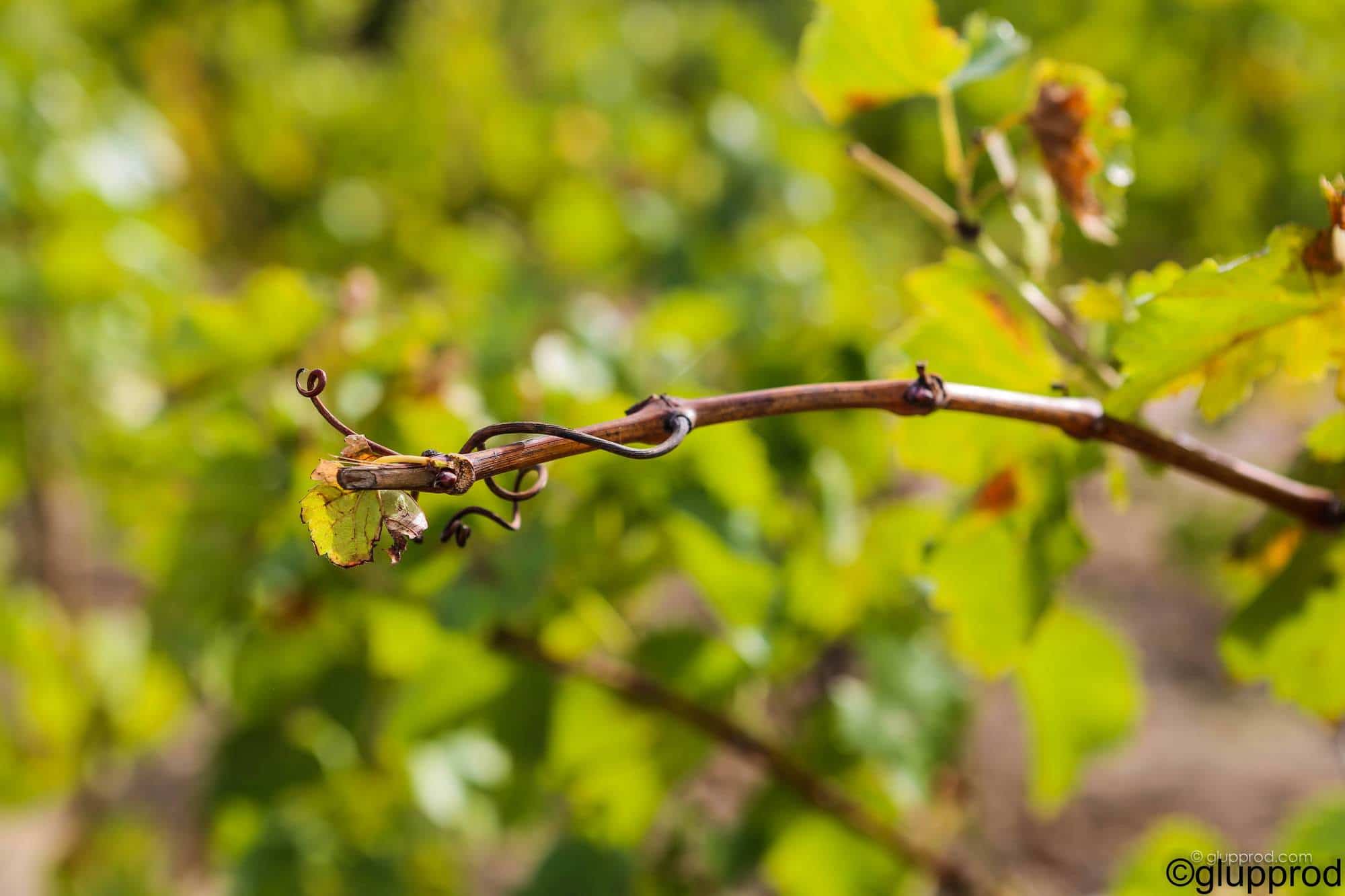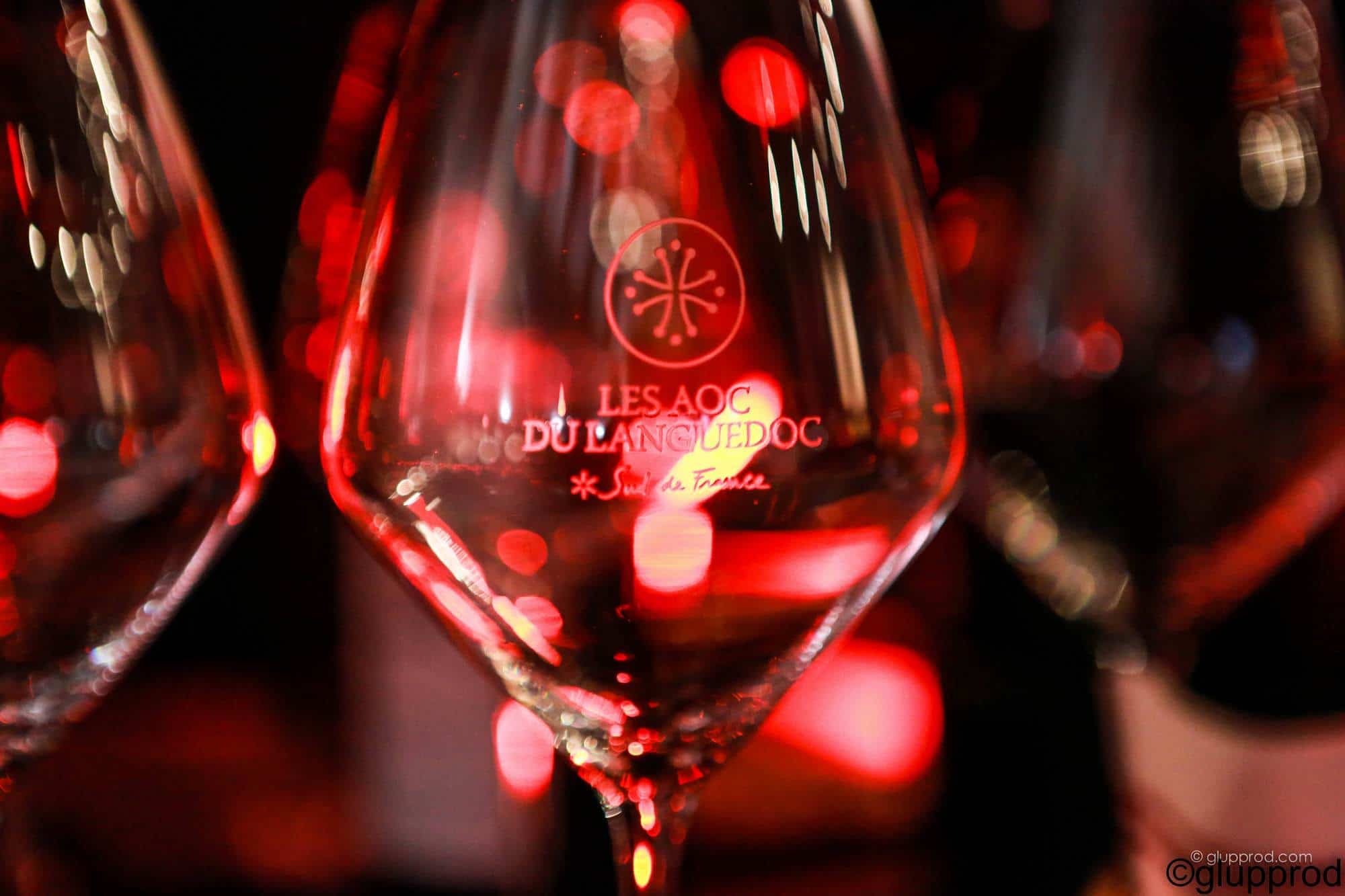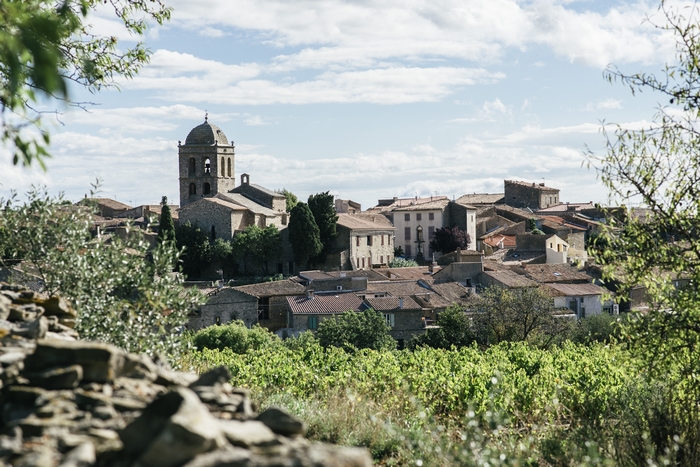Our vineyards...
Our appellations... from Minervois to Caroux
For the powerful red wines of Languedoc, try the PDO wines Minervois, Minervois-La Livinière and Saint Chinian, Saint Chinian-Berlou and Saint Chinian-Roquebrun. For the natural sweet wines, ask for the famous Muscat "petits grains" from St jean de Minervois. For more vibrant white wines, taste the wines of the upper Orb valley. The range of rosés is quite wide.
The entire territory of the Minervois in Caroux in Haut-Languedoc benefits from the national label Vignobles & Découverte "Minervois, Saint-Chinain, Faugères" in order to highlight the wines, appellations and oenotouristic offer of the terroirs.


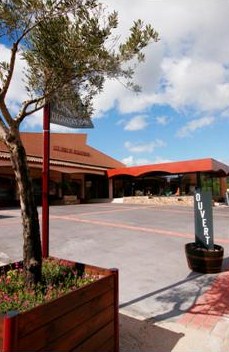
DID YOU KNOW THAT?
The vine also makes flowers.....
But so discreet that they go unnoticed.
However, in mid-June, their perfume invades the vines and reminds us of the very volatile scent of honeysuckle.
For a WINE TASTING and TO MEET OUR WINEMAKERS find the list of those who welcome you to their vault:: List of winegrowers
Le Minervois
LE MINERVOIS
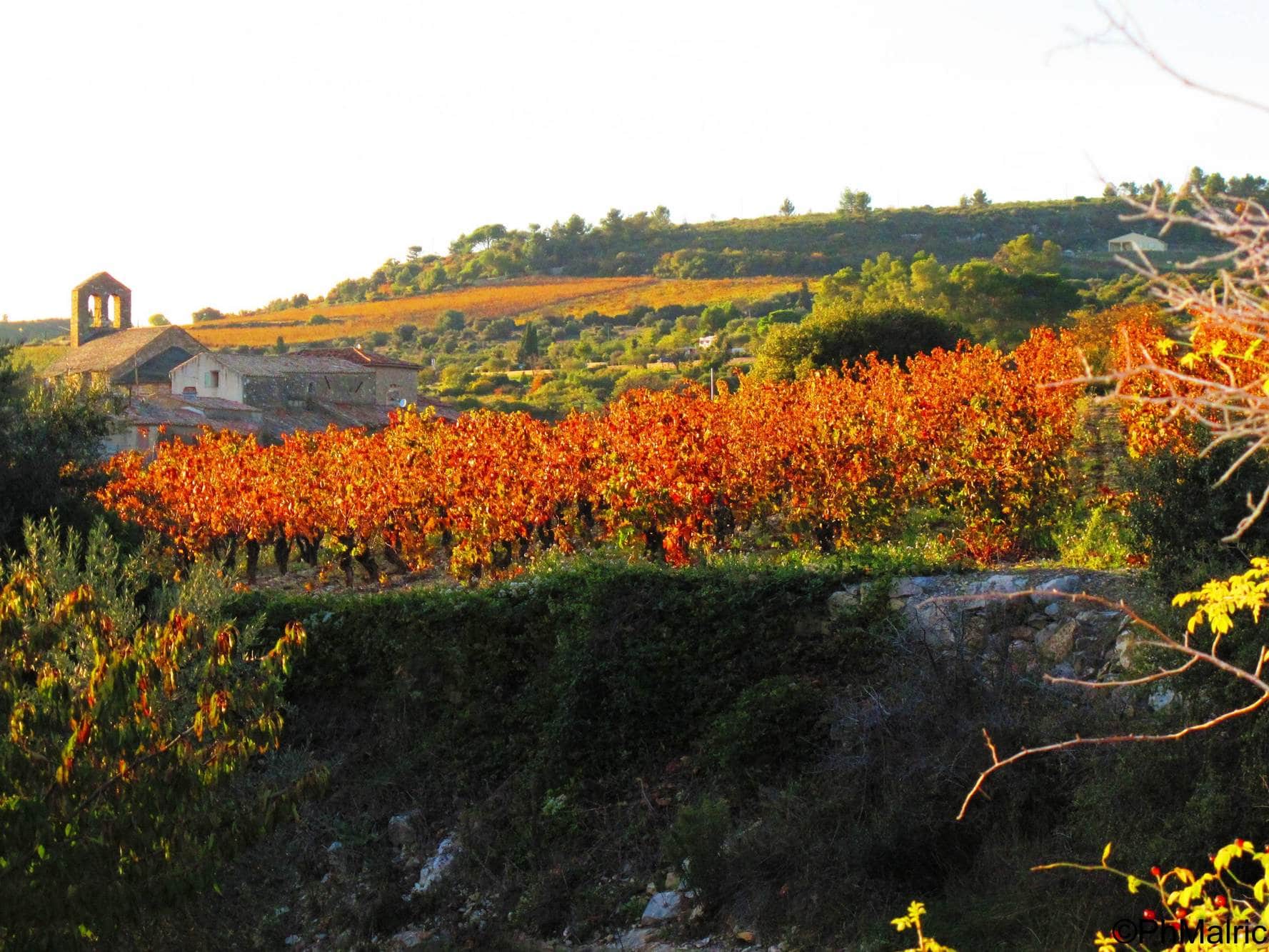
The vineyard of the Hérault Minervois extends on a successive terrace from the foothills of the Montagne Noire to the Canal du Midi. On exceptional terroirs, between limestone and mourels, the different grape varieties are bursting with wind and sun to offer wines of great richness and diversity to be discovered in moderation.
Located on the southern slope of the Montagne Noire. By its geographical extension, this great Mediterranean appellation reveals a mosaic of climates and landscapes. The diversity of the terroirs is determined by the simple arrangement of geological structures.
The sedimentary layers, of tertiary age, rest on the ancient base of the Black Mountain and regularly plunge southwards towards the Minervois syncline. Three groups, elongated from east to west, follow each other generally from north to south: the shales of the old basement, alternating limestone and marl of varying degrees of marine origin, the sandstones and fluvial silts of the Molasse du Minervois.
Although all well exposed to the south, the terroirs draw their diversity from the variety of bedrock and an altimeter gradient that brings the vines to an altitude of 400 m, to the north, to less than 50 m in the Aude corridor.
The Hérault Minervois is made up of three terroirs that differ in their soil and climate characteristics.
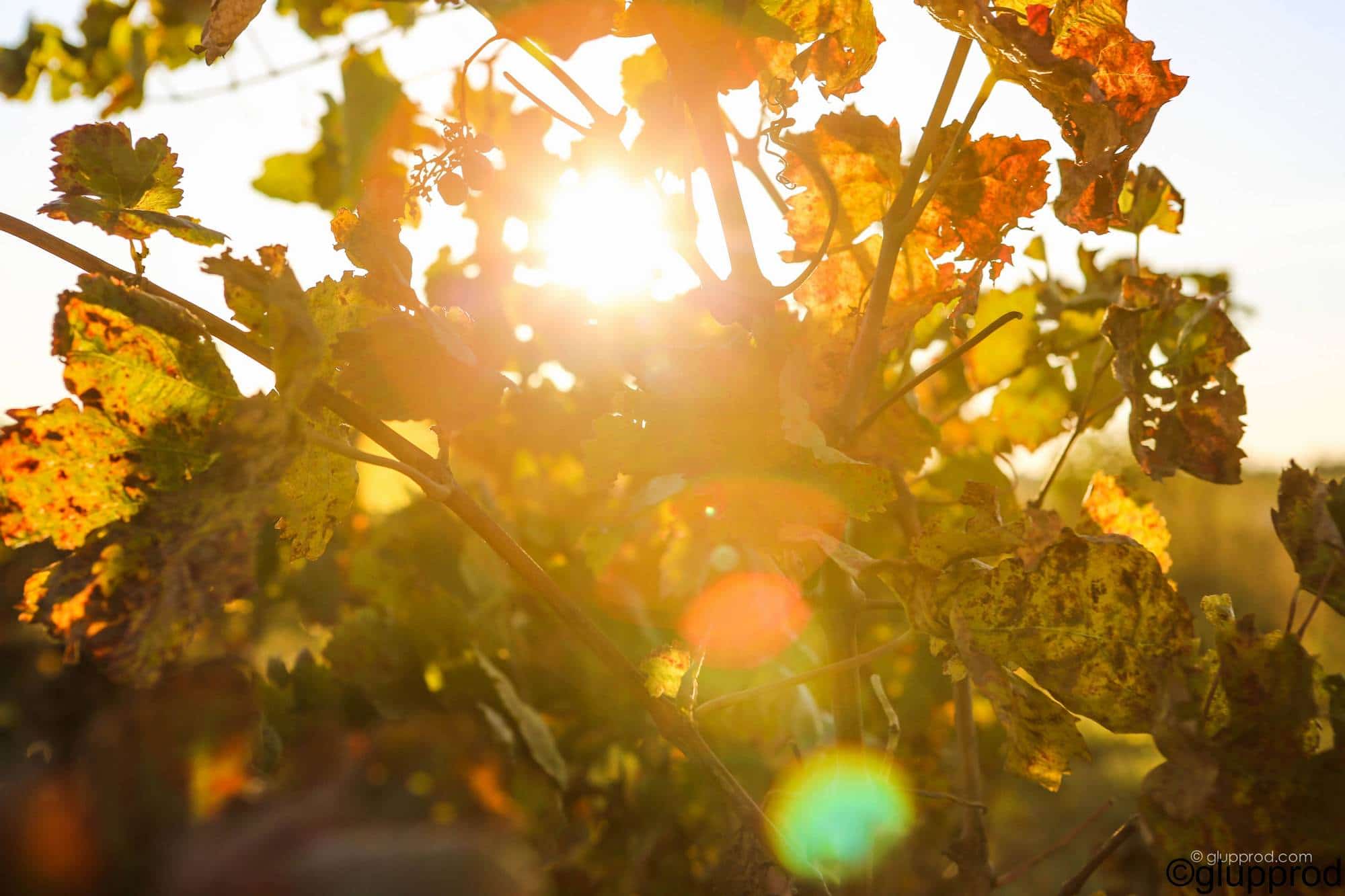
It is a soil of character: a clayey-limestone and sandstone soil, stony, arid on the surface, fresh in depth, a topography of small sloping or terraced plots.
The warm climate is tempered by the altitude and by the cool air (the Cers) coming from the nearby Montagne Noire, with large day/night temperature differences favourable to the development of aromas of garrigue and candied fruit.
The Causse terroir: High altitude terroir located in the central part of the Minervois, it reveals a strong geological identity. Between the Onion Valley in the west and the Cesse Valley in the south and east, it is located on a vast limestone plateau, inclined to the south, incised with magnificent canyons, such as the Cesse Canyon in Minerve. It extends over the municipalities of Minerve, La Caunette, Aigues-Vives and as far as Saint-Jean-de-Minervois. Here the vines are found alongside not only the southern scrubland but also the very white limestone rock of the Cesse and Brian gorges. The plots are smaller due to the more rugged terrain. The morphology of the plots may depend on the nature of the soil itself. Very calcareous and poor, they do not prevent the vine from establishing itself there, the roots can go very deeply to draw their water reserves (a few tens of meters) by following the cracks. However, the elders have always favoured lands that are easier to work on, such as the bottoms of valleys, where the land has been able to accumulate. There are also vernacular agricultural buildings (mazets, capitelles, dry stone walls, etc.) near the vines, which are strong visual elements of the Mediterranean landscape.
Grenache and Carignan, Mediterranean grape varieties, appreciate the heat and drought of these causses.
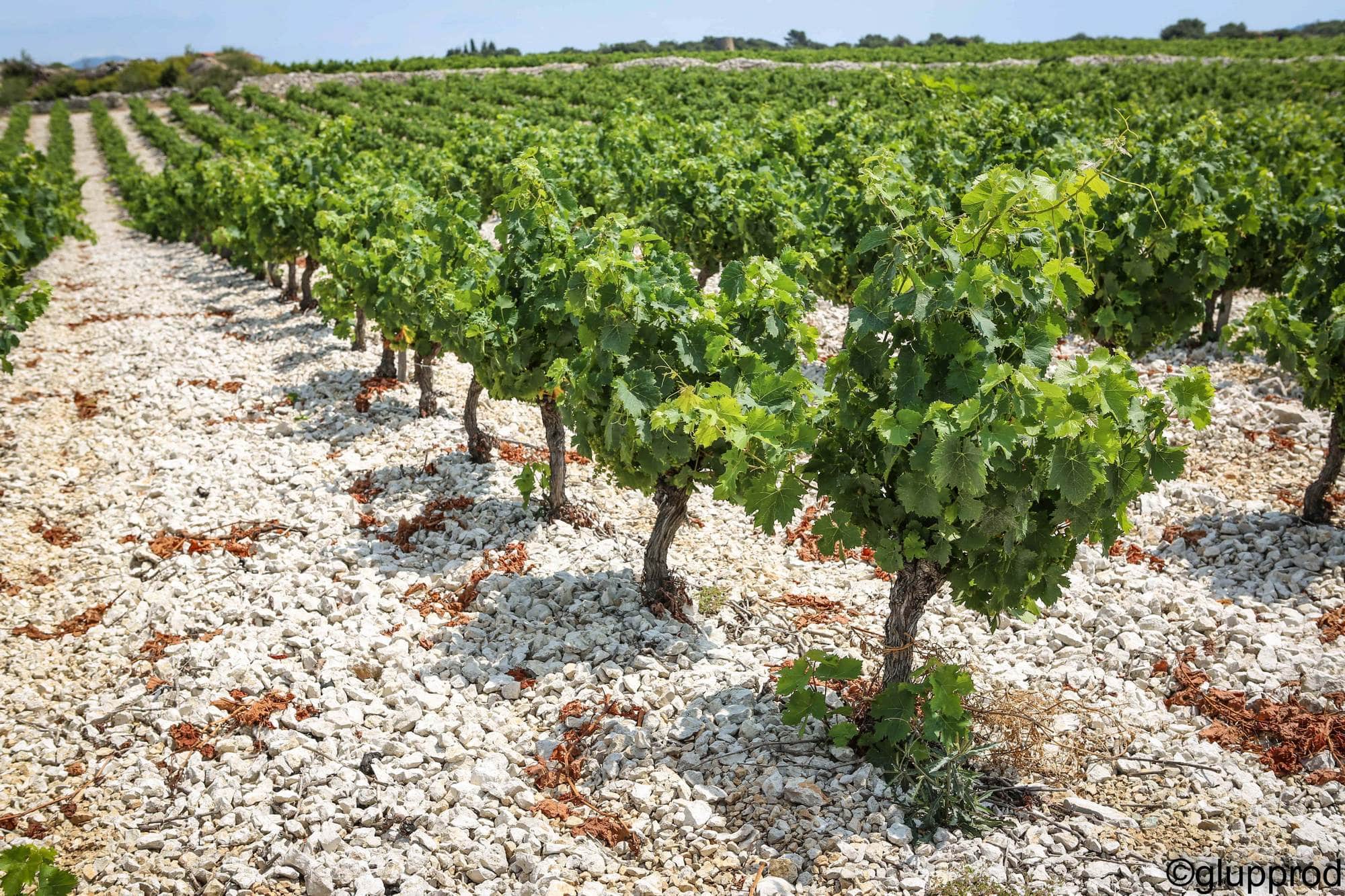
The Mourels terroir extends from Azillanet to Agel via Beaufort, Oupia and Aigne. The Mourels are rocky ridges formed by geological layers surveyed and crowned by a sandstone bank. We find the alternation between spontaneous vegetation and the vine with the same contrast effects according to the seasons. Here again, the implantation of the vine is induced by the nature of the soil. Sandstone, unlike limestone, is very difficult to drill through by the roots, so there are no vines at the top of Mourels. It is one of the hottest and driest in the Minervois. It produces concentrated, warm and complex wines with aromas of red fruits.
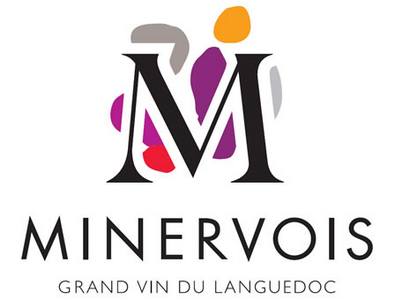
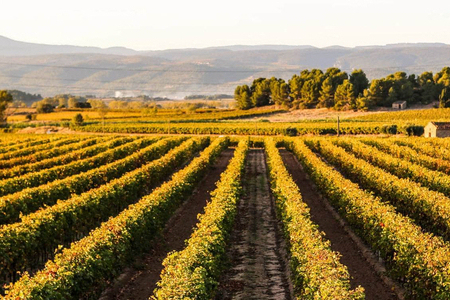
Minervois La Livinière
The Minervois-La Livinière appellation is the first growth recognized in Languedoc in 1999. It is located in the heart of the Minervois, and extends over the territory of six villages: La Livinière, Siran, Félines-Minervois, Cesseras, Azille and Azillanet.
With 350 hectares of vines ranging from 80 to 300 metres above sea level and scattered in the scrubland and woods, on terraces patiently encrusted in the hills and lined with dry stone walls, the La Livinière cru seems to have been carved into the Causse. At the extreme south of the Massif Central, the large limestone slab of the Causse de Minerve is the base of the La Livinière terroir: a mineral melting pot, with its mixture of schists, sandstone, quartz, marble, limestone, sand and clay.

BEWITCHING WINES
The sunny character of La Livinière's red wines is fortunately tempered by the draughts that flow down the slopes of the Causse at night. Hence the sensation of freshness, finesse and softness of the tannins of the local wines.
A natural balance that the forty or so cellars enhance by the palette of grape varieties, essentially associating syrah with grenache and carignan. A major trio that has found here one of its most distinguished expressions. Powerful and elegant on the palate. Ripe fruit aromas, strong essences of garrigue, olive, truffle sometimes, fresh mentholated nuances, spicy notes. In short, a singular and plural harmony that echoes the landscape.
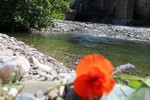
A LONG HISTORY
Archaeological excavations in the Aldene cave in the Cesse canyon have revealed the presence of man for 6000 years in this part of Languedoc.
The La Livinière vintage also stands out for the richness of its heritage. Dolmens, such as those of the Fades in Pépieux, the Planette at the Félines plateau, and Cigalière on the Causse overlooking Cesseras. Castles. And very beautiful chapels such as Centeilles, with its 15th century frescoes near Siran, or the Saint-Germain chapel, with its Lombard strips characteristic of the first southern Romanesque art, nestled in the pines next to Cesseras.
Other remnants of a rich past include the former marble quarries above Félines-Minervois, from which the blocks of Turquin and Griotte red were extracted for Versailles. So many treasures to discover.
For more information, see the website of : Cru de la Livinière

Muscat St Jean de Minervois
MUSCAT SAINT JEAN DE MINERVOIS
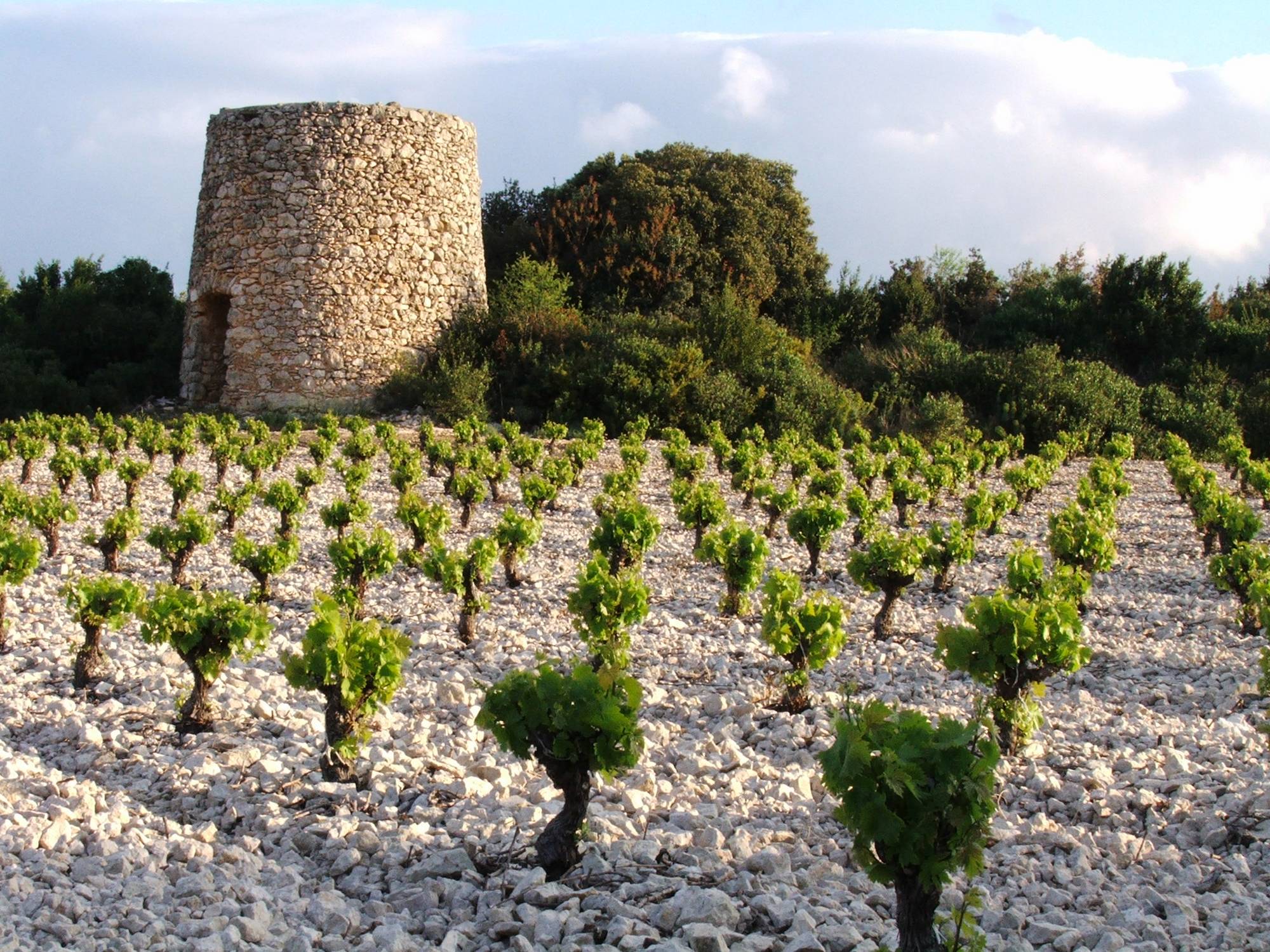
The Muscat de Saint Jean de Minervois PDO, one of the oldest appellations in Languedoc (1948).
On a plateau of hard limestone. The landscape is mineral and bright, the whitish and scarlet soils release the heat accumulated during the day, favouring the maturation of the aromatic compounds of the grape.
The wines of this appellation are exclusively Natural Sweet Wines made from a single grape variety, Muscat à Petits Grains Blanc, on poor and very stony soils. The wines develop aromas of exotic fruits, citrus fruits and white flesh fruits and offer a formidable balance on the palate, combining power and freshness, harmony and persistence.
Today, the appellation is composed of 6 particular estates and a cooperative cellar.
Saint-Chinian-Berlou
Saint-Chinian-Berlou
 To the northwest of Béziers and its wine-growing plain, the Saint-Chinian appellation extends over some twenty communes.
To the northwest of Béziers and its wine-growing plain, the Saint-Chinian appellation extends over some twenty communes.Between the sea and the mountains, and under a Mediterranean climate, the terroir has been recognised as an AOC ( "controlled designation of origin") since 1982 for its red wines and since 2004 for its white wines.
The terroir of the AOC St Chinian has an extraordinary geological and climatic diversity that gives each wine its own originality. If in the south of the appellation, limestones dominate, in the north it is schists. They produce fruity, supple and generous wines.
This very special terroir and the desire of the winegrowers to commit themselves to a quality approach have given rise to two municipal appellations, recognised by the INAO since 2005: Saint-Chinian-Berlou and Saint-Chinian-Roquebrun.
In a delimited area and with significantly more restrictive production conditions, municipal designations distinguish certain production areas for their excellence and typicity.
Twenty municipalities recognized for the Saint-Chinian AOC: Assignan, Babeau-Bouldoux, Berlou, Causses-et-Veyran, Cazedarnes, Cébazan, Cessenon-sur-Orb, Creissan, Cruzy, Ferrières-Poussarou, Murviel-lès-Béziers, Pierrerue, Prades-sur-Vernazobre, Puisserguier, Quarante, Roquebrun, Saint-Chinian, Saint-Nazaire-de-Ladarez, Vieussan and Villespassans. 3300 ha distributed between 100 and 400 metres above sea level.
Features and characteristics
An area delimited in five municipalities (approximately 250 ha): Berlou, Cessenon-sur-Orb, Prades-sur-Vernazobre, Roquebrun, Vieussan
- Schistose soils, exposed to the south. Altitudes between 150 and 400 meters.
- Blending wine
- Main grape varieties: Grenache, Mourvèdre, Syrah. Complementary grape variety: Carignan
- Vines more than 10 years old
- Short pruning in a cup or Royat cord
- Manual harvesting
- Maximum yield: 40 hl/ha
- Wine making until December 1st following the year of harvest
- Typicality: soft on the palate, roasted notes with silky tannins of great finesse.

Saint Chinian Roquebrun
Saint Chinian Roquebrun
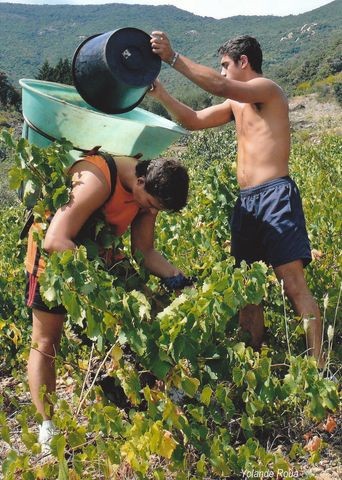 To the northwest of Béziers and its wine-growing plain, the Saint-Chinian appellation extends over some twenty communes.
To the northwest of Béziers and its wine-growing plain, the Saint-Chinian appellation extends over some twenty communes.Between the sea and the mountains, and under a Mediterranean climate, the terroir has been recognised as an AOC (Appellation d'origine contrôlée) since 1982 for its red wines and since 2004 for its white wines.
The terroir of the AOC St Chinian has an extraordinary geological and climatic diversity that gives each wine its own originality. If in the south of the appellation, limestones dominate, in the north it is schists. They produce fruity, supple and generous wines.
This very special terroir and the desire of the winegrowers to commit themselves to a quality approach have given rise to two municipal appellations, recognised by the INAO since 2005: Saint-Chinian-Berlou and Saint-Chinian-Roquebrun.
In a delimited area and with significantly more restrictive production conditions, municipal designations distinguish certain production areas for their excellence and typicity.
Twenty municipalities recognized for the Saint-Chinian AOC: Assignan, Babeau-Bouldoux, Berlou, Causses-et-Veyran, Cazedarnes, Cébazan, Cessenon-sur-Orb, Creissan, Cruzy, Ferrières-Poussarou, Murviel-lès-Béziers, Pierrerue, Prades-sur-Vernazobre, Puisserguier, Quarante, Roquebrun, Saint-Chinian, Saint-Nazaire-de-Ladarez, Vieussan and Villespassans. 3300 ha distributed between 100 and 400 metres above sea level.
Features and characteristics
An area delimited in five municipalities (approximately 250 ha): Berlou, Cessenon-sur-Orb, Prades-sur-Vernazobre, Roquebrun, Vieussan
- Schistose soils, exposed to the south. Altitudes between 150 and 400 meters.
- Blending wine
- Main grape varieties: Grenache, Mourvèdre, Syrah. Complementary grape variety: Carignan
- Vines more than 10 years old
- Short pruning in a cup or Royat cord
- Manual harvesting
- Maximum yield: 40 hl/ha
- Breeding until December 1st following the year of harvest
- Typicality: complex aromatic power (red fruits), roundness in the mouth with notes of spices and very fine tannins.
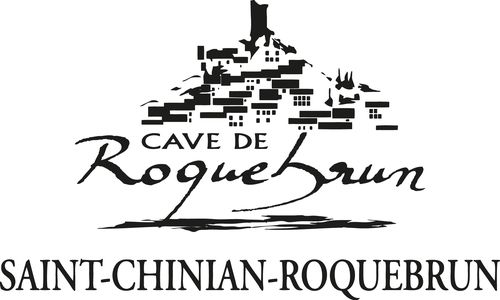
Vins de Pays de la Haute Vallée de l'Orb
Wines from Pays de la Haute Vallée de l'Orb

Between Prémian and Colombières, along the Jaur and Orb rivers and at the foot of the mountain, you will find the Vins de Pays of the Upper Orb Valley
At the foot of the Espinouse massif and the Monts du Caroux, the last southern foothills of the Cévennes, the local wines of the Haute Vallée de l'Orb can be found in 32 communes, from Prémian (to the west) to Avène (northwest).
The vineyard borders the Jaur and Orb rivers and is located between 200 and 650 m above sea level. It benefits from a "temperate Mediterranean" climate, characterized by a dual Mediterranean and Atlantic influence.
This mountain vineyard, decorated with cool summer nights, allows a complete but nevertheless more spread out maturity of the grapes. The wines of the Upper Orb Valley develop their own aromatic finesse and balance.
50% of the Upper Orb Valley is replanted with aromatic grape varieties. The new dominant grape varieties are Syrah, Merlot and Chardonnay. The traditional grape varieties are Carignan, Cinsault and Grenache.
